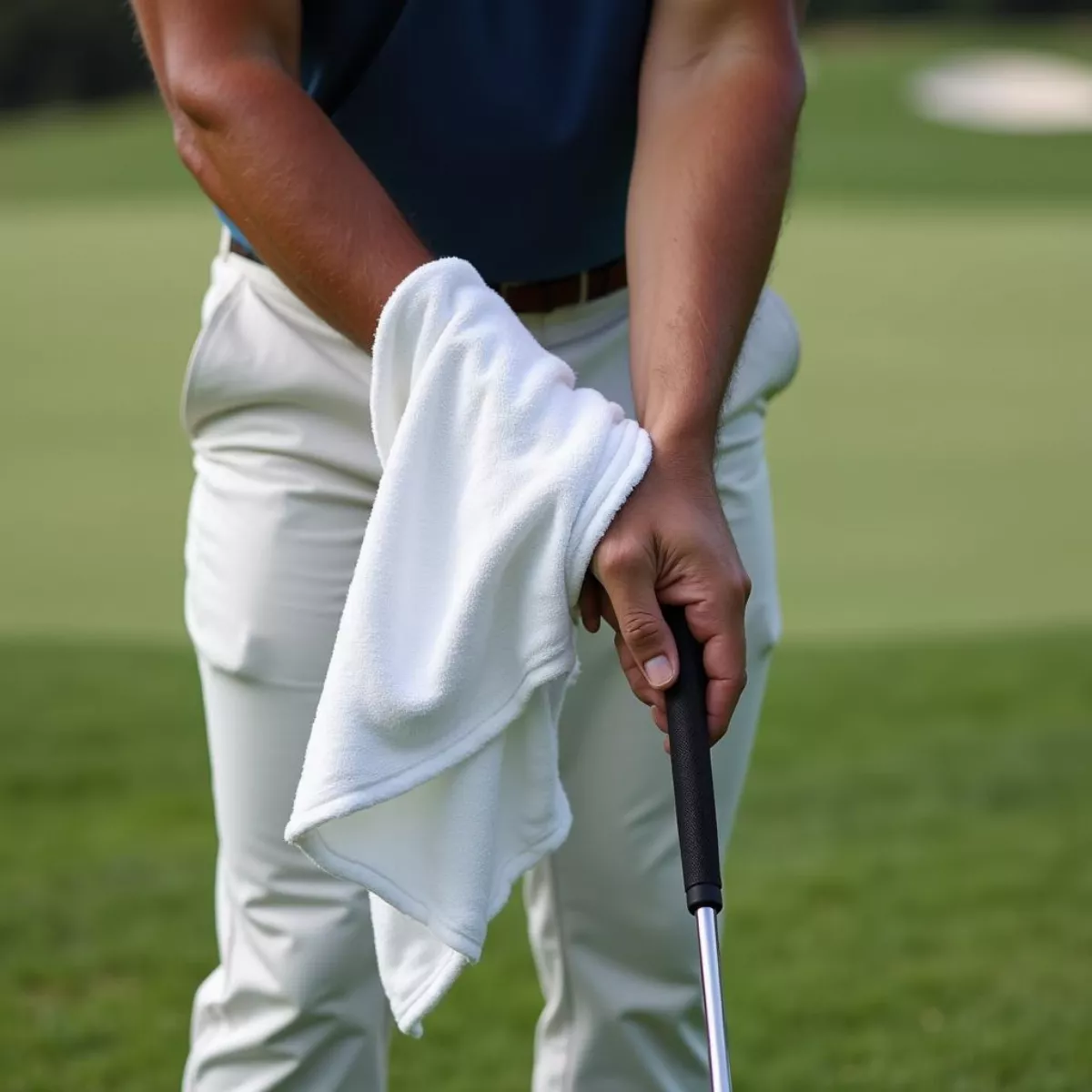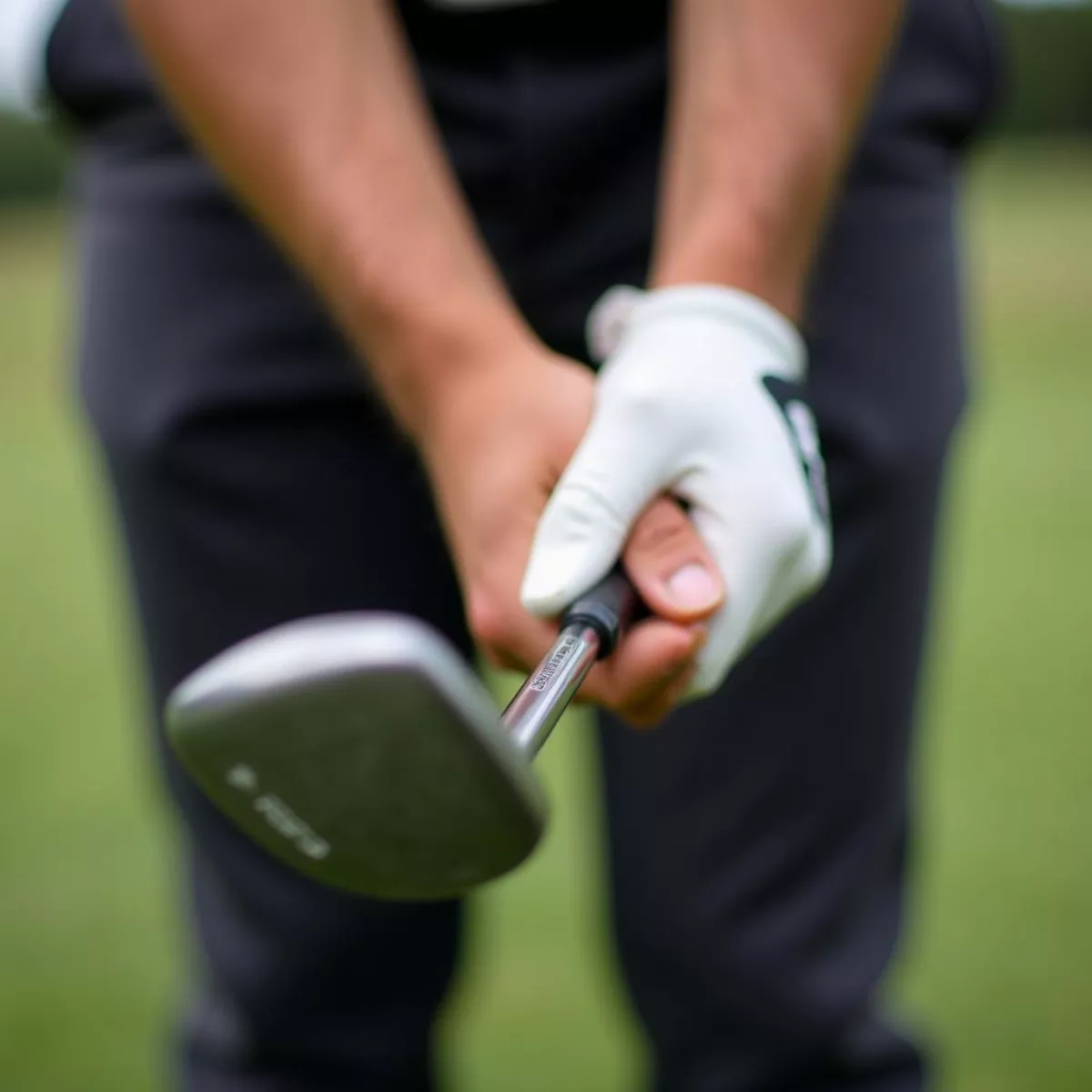Golf is more than just a game; it’s a nuanced sport that demands precision, strategy, and skill. One of the key factors that can dramatically affect your performance is your grip on the golf club. A proper grip can help improve your swing mechanics, enhance control, and lead you toward those elusive lower scores. But how tight should you really grip your golf club? Let’s dive into this essential aspect of the game.
Understanding the Grip: The Foundation of Your Swing
Before discussing how tight your grip should be, let’s understand what the grip does for your swing. The grip connects you to the club, affecting everything from your aim to your swing speed, and ultimately, the ball’s trajectory. A proper grip facilitates consistent contact with the ball, helping you deliver the clubface squarely at impact.
Key Components of a Golf Grip
- Grip Pressure – This refers to how tightly your hands hold the club.
- Grip Size – An adequate grip size is crucial for comfort and control.
- Hand Position – The alignment of your hands on the club affects the swing.
How Tight Should You Grip the Club?
As a general rule, your grip should be firm but not excessive. Think of it like holding a baby bird – tight enough to secure it but gentle enough not to injure it.
The Right Amount of Grip Pressure
-
For Full Shots:
- Aim for medium grip pressure, about a 5-7 on a scale of 1-10. This allows for the flexibility needed in your wrists for a full swing while maintaining control.
-
For Putting:
- Lighten your grip to a 3-4. This helps with sensitivity and touch during short putts.
-
For Chipping:
- Similar to putting, aim for a 3-4. A relaxed grip allows for better feel and control over subtle, delicate shots.
 Golf Grip Pressure Chart
Golf Grip Pressure Chart
Why Grip Pressure Matters
- Power: A grip that is too tight can restrict your swing, causing tension in your arms and shoulders. This leads to an inefficient swing that can rob you of distance.
- Precision: A loose grip can lead to swinging errors, resulting in a loss of control. It can also cause the clubface to twist during the swing, leading to less accurate shots.
- Injury Prevention: Over-gripping can cause fatigue and lead to injuries over time. Keep your grip light to promote comfort and longevity in your game.
Finding Your Ideal Grip Pressure
Tips to Find Your Sweet Spot
- Use a Grip Pressure Gauge: Use a device to measure your grip pressure. Many golf stores offer this.
- Practice with a Towel Drill: Wrap a towel around the club and practice your swing without it slipping out. This method helps find a balance between too tight and too loose.
- Feel for the Club: Execute some swings with varied grip pressures and note the difference in results.
 Golfer Practicing Towel Drill
Golfer Practicing Towel Drill
Recommended Grip Pressure Chart
| Swing Type | Grip Pressure Level (1-10) |
|---|---|
| Full Shots | 5-7 |
| Putting | 3-4 |
| Chipping | 3-4 |
Common Grip Mistakes to Avoid
- Over-Gripping: Holding the club too tightly can cause tension in your arms and body.
- Inconsistent Pressure: Changing grip pressure during your swing can lead to inconsistent shots.
- Poor Grip Size: Using a grip that’s either too big or too small can affect your control and pressure.
Conclusion: The Balanced Grip
In summary, your grip should be firm but not constrictive. Aim for that magical 5-7 pressure level for full swings and lighten up for putting and chipping. A balanced grip is critical for achieving precision, power, and comfort on the course.
Key Takeaways
- Grip tightly but not excessively – Think of a baby bird.
- Medium grip pressure (5-7) is ideal for full shots.
- Light grip pressure (3-4) works best for putting and chipping.
- Practice and adjust your grip pressure to find what works best for you.
- Avoid over-gripping and inconsistent pressure for better accuracy and control.
 Close Up Golfer Grip
Close Up Golfer Grip
FAQs: Grip Pressure in Golf
-
What happens if I grip the club too tightly?
- Over-gripping can lead to tension, lack of distance, and inconsistent shots.
-
Can my grip pressure change during a swing?
- Ideally, your grip pressure should remain consistent throughout your swing for better control.
-
What is the best grip size for me?
- The best grip size depends on your hand size. Grip sizes are categorized as standard, midsize, and oversized.
-
How can I practice achieving the correct grip pressure?
- Use the towel drill or swing with varying grip pressures to see what feels best for you.
-
Do I need to adjust my grip pressure for different clubs?
- Generally, the grip pressure remains similar across clubs, but it can be adjusted slightly based on the shot type (full, chip, or putt).
-
Can changes in temperature affect my grip?
- Yes, cold weather can make your grip feel tighter, while hot weather might lead to a looser grip due to sweat.
-
How often should I check my grip for changes?
- Regularly assess your grip, especially if you’re feeling tension or discomfort during your swings.
-
Are there any tools that can help me find the right grip pressure?
- Grip pressure gauges and training aids designed to enhance feel can assist you in this area.
-
Is it common to change grip pressure during a game?
- Golfers often alter pressure based on their physical state and shot conditions; however, a consistent grip is always preferable.
-
Should I consider professional lessons to improve my grip?
- Yes, a golf instructor can provide personalized feedback and tips on achieving the proper grip.
By incorporating the strategies discussed, you’ll be well on your way to mastering the art of grip pressure in golf and elevating your game. Happy golfing!